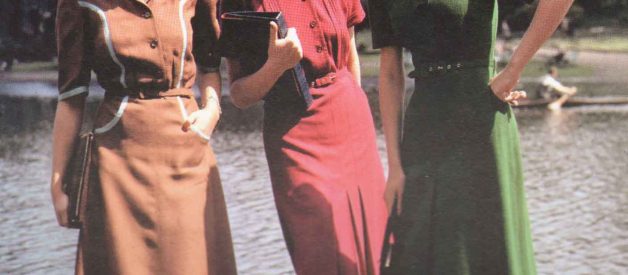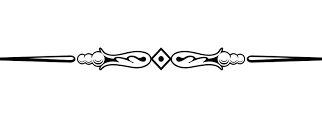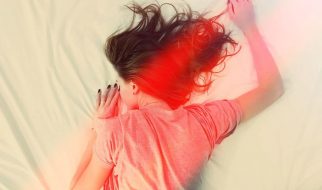1940’s
This era was mainly effected by the War and fashion was largely influenced by the same.
Women
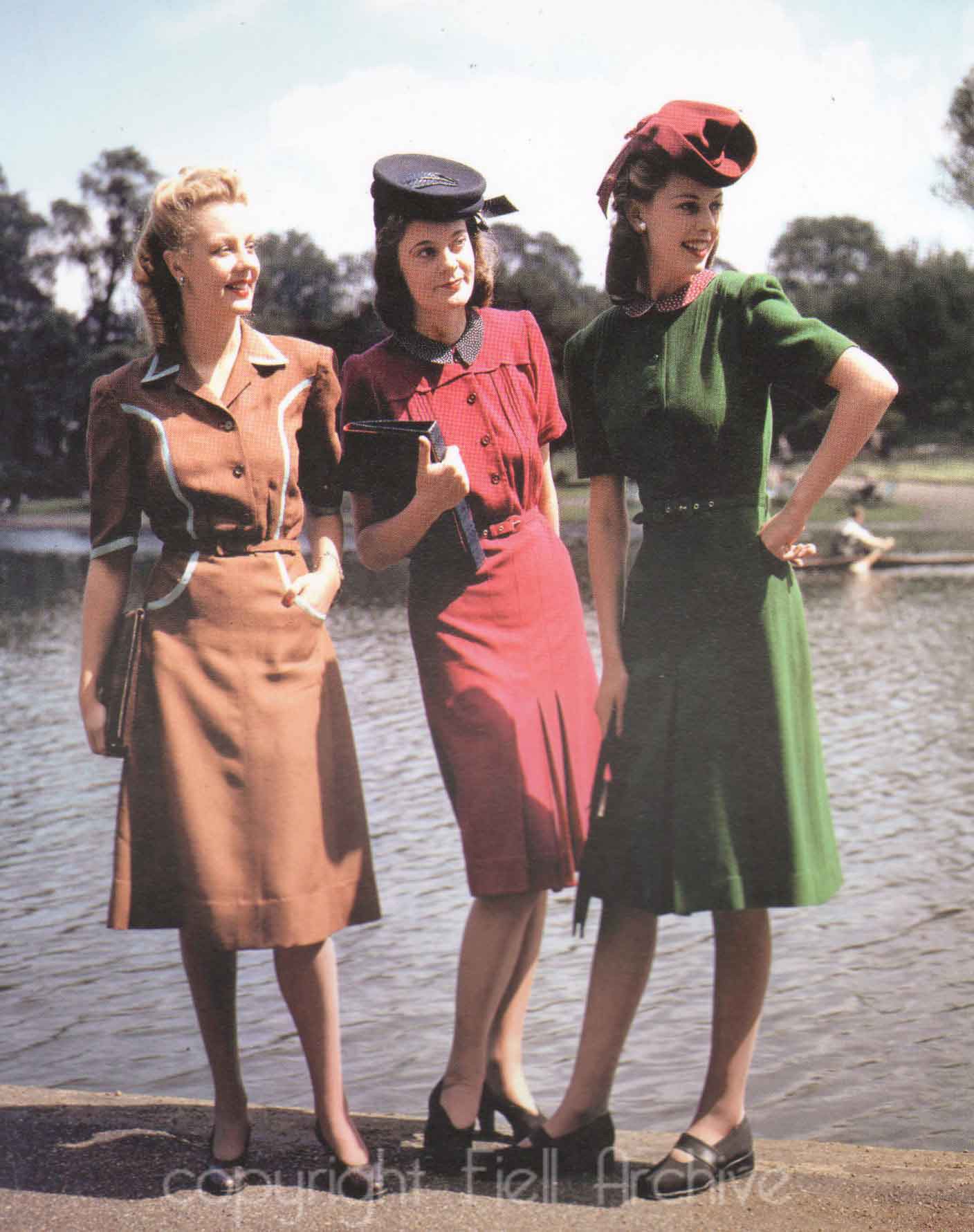
As a result of the war there were severe fabric shortages, which lasted until the end of the decade. Clothes were made with a minimum of fabric, few pleats and no trimmings. Skirts were a little below the knee and straight, worn with boxy jackets and broad, padded shoulders. Many men and women wore uniforms.
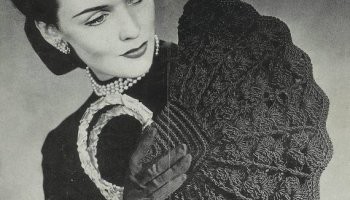
From 1942 onwards some clothes were made under the government Utility Scheme that rationed materials. They are identifiable by a ?CC41? stamp, which is an abbreviation of the ?Civilian Clothing Act of 1941?. During the war, accessories were important because of their relative affordability; tall platform shoes or sandals, and tall flowery hats were fashionable.Hair was worn long, with stylised waves and rolls on top of the head.

In 1947, Christian Dior introduced his ?New Look?, which revolutionised1940s fashion.Skirts became longer and fuller, and boxy shoulders were softened to become sloping. Waists were cinched and hats grew wide and saucer shaped.
Men
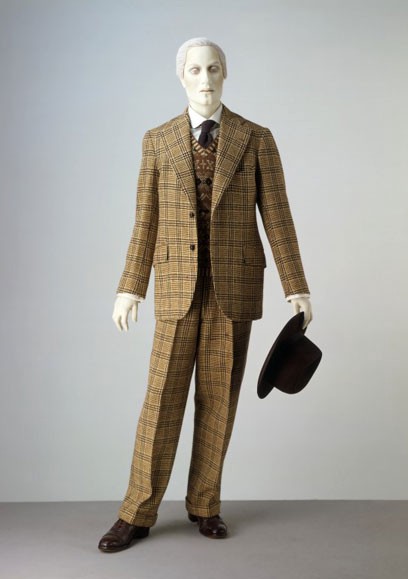
During the war, most men wore military uniform of some kind. Hair was short at the back and sides, and most men were clean shaven.Men in civilian clothing were often dressed in lounge suits with broad shoulders, with wide trousers belted high at the abdomen.After 1945 many men leaving the armed forces were issued with a ?de-mob? suit, consisting of shirt, tie, double-breasted jacket and loose fitting trousers.
1950’s
Women

The 1950s continued the late 1940s style with very full skirts, cinched waists and sloping shoulders.Another popular silhouette was the narrow pencil-skirt look.Daywear consisted of skirts and jackets or day dresses in tweeds and woollens. Dresses with pencil or full skirts were seen in either plain fabrics or floral prints.Separates were popular, especially waist length cardigans. Hats were either small pill-box styles or large brimmed, saucer-like hats.Hair was often cropped quite short and set in curls, or kept long and tied in simple chignons or ponytails at the back.
Men

Men?s fashions still revolved around the suit.Grey flannel suits were common, worn with shirt, tie and pocket handkerchief. Tweed or check jackets worn with non-matching trousers were also popular, and open collars were permitted for casual wear.Hair was worn with a side parting but slicked back with ?Brill cream?. Teenagers began to appear as a separate group during the 1950s.Their fashions were influenced by American stars, who wore leather jackets and jeans.The Teddy Boys, who wore pointed shoes, tight trousers and long jackets with velvet trim, were also a significant teenage group.
